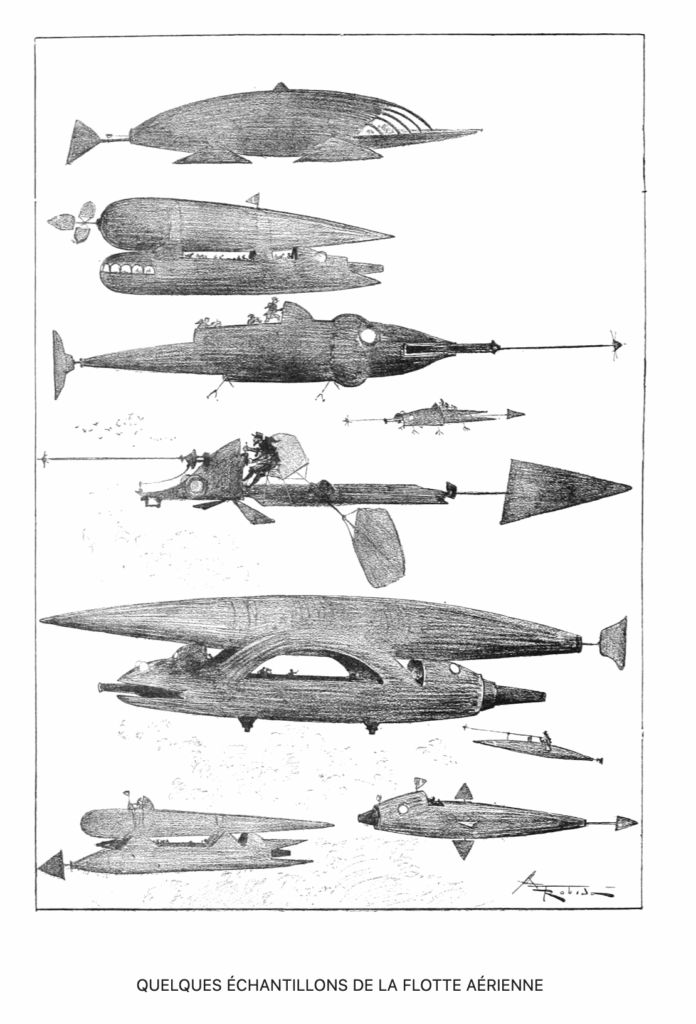
The once distant, neon-drenched skylines of cyberpunk fiction are no longer mere speculative backdrops; they are increasingly resembling the architectural plans of our present. We are not just stumbling into this future; a peculiar zeitgeist seems to be actively embracing a sanitized, even aspirational, version of dystopia. This isn’t about “fully automated luxury communism” but its grim shadow: “semi automated techno-feudalism,” a state where technology facilitates a new serfdom under corporate overlords, and where the aesthetics of rebellion are co-opted to sell the tools of our own gilded cages. The critical lens of “enshittification” needs to expand beyond platform decay to encompass this societal drift towards embracing hazardous and kleptocratic techno-futures.
Consider the “Cybertruck,” a potent symbol of this techno-futurist, almost post-humanist, embrace of dominance. Its brutalist, angular design intentionally seeks to dominate its surroundings, a rolling assertion of aggressive individualism. Yet, this aesthetic of invulnerability belies a disturbing reality. Reports and safety concerns paint a different picture: its rigid stainless-steel exoskeleton, lauded for toughness, raises alarms among safety experts for potentially increasing harm to pedestrians and occupants of other vehicles due to diminished crumple zones (The Cooldown, Jalopnik). The very design meant to project strength may externalize danger.
Disturbingly, there have been accounts of severe incidents, including a tragic crash where college students were trapped inside a burning Cybertruck, reportedly because the doors would not open (Jalopnik, SFist). Multiple recalls for issues ranging from accelerator pedals sticking to exterior panels detaching further tarnish its futuristic sheen (PBS News, Forbes Australia). This isn’t just a vehicle; it’s a cultural artifact reflecting a willingness to prioritize a certain cyberpunk “cool” over tangible safety and communal well-being, a micro-example of the broader dystopian embrace. It’s a hazardous presence on the streets, yet its danger is part of its defiant allure for some, a physical manifestation of a world where “winning” an argument with another car, as its creator once boasted, is a design feature.
Financial Future Illusions
This embrace of problematic futures extends deeply into our understanding (or misunderstanding) of financial systems. A pervasive narrative bashes fiat currency, often justifiably critiques its inflationary tendencies or state control. Yet, the proposed alternative, as it’s materializing in the mainstream crypto-sphere, is frequently a regression, not a revolution. The projected future dominated by massive, centralized exchanges (CEXs) like Binance or Coinbase is arguably worse than the “old” financial system in critical ways.
Satoshi Nakamoto’s vision was profoundly about “cutting out the middlemen,” creating a peer-to-peer electronic cash system. Instead, these CEXs are re-introducing powerful intermediaries, becoming the new gatekeepers, the new too-big-to-fail entities. They concentrate risk, control access, and are susceptible to the same pressures and failings (and potentially worse, given the nascent regulatory landscape) as the traditional systems they claim to supersede. The irony is stark: a movement born from a desire to disintermediate is consolidating power in new, less accountable digital silos. This isn’t financial liberation; it’s a shift of allegiance to new techno-feudal lords who skim value at every transaction, much like the platform capitalists of Web 2.0.
Cypherpunk: From Ideal to Echo
The imagery and themes of cyberpunk, once confined to roleplaying games like R. Talsorian’s Cyberpunk, where “deckers” executed digital heists against monolithic corporations in gritty urban sprawls, now feel less like escapism and more like a user manual for our times. The megacorps are here, their influence pervasive. The key difference is that today, many eagerly queue to buy the very technologies that enact these dystopian frameworks.
In stark contrast stood “cypherpunk,” an activist, cryptographic movement aimed at using strong encryption to defend against surveillance and preserve individual autonomy – a proactive defense against the encroaching cyberpunk dystopia. But the term “cypherpunk,” once a call to arms for privacy advocates and builders of anonymous systems, has largely faded from mainstream discourse, or its meaning has been diluted, much like the term “crypto.” “Crypto,” which once primarily signified the science of cryptography, has been almost wholly co-opted to mean “cryptocurrency,” often associated more with speculative financial instruments than with the foundational principles of privacy and decentralization.
This semantic shift reflects a broader cultural transformation. The ideals of the cypherpunks – privacy, autonomy, resistance to control – have been overshadowed by the speculative frenzy and platform-centric nature of much of the cryptocurrency world.
Building a Future with Intention
In what can often feel like a world without meaning and direction, where grand narratives have collapsed and cynicism is a default posture, it becomes critically important to scrutinize the societal structures we are inadvertently building. The allure of techno-solutionism, the aesthetic appeal of dystopian chic, or the promise of quick financial gains can blind us to the long-term implications of our choices and actions.
The shift towards Semi Automated Techno-Feudalism is not a predetermined outcome. It is the result of countless individual and collective decisions, of embracing technologies without critical foresight, of accepting terms of service that are, in essence, modern fealty oaths. Understanding how our present actions inform the future society we will inhabit requires a conscious disengagement from the seductive narratives of convenient dystopias and a renewed commitment to principles that foster genuine autonomy, equity, and a distributed, rather than concentrated, locus of power. The challenge is to move beyond being passive consumers of a pre-packaged future and to become active architects of one that serves human values, not just the consolidation of power in the hands of a few.